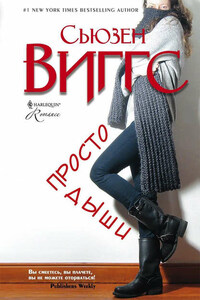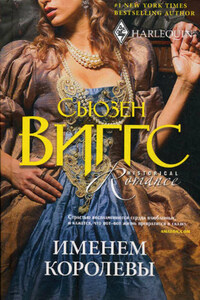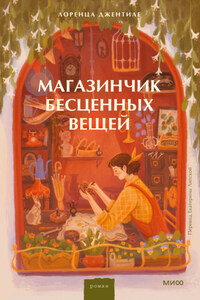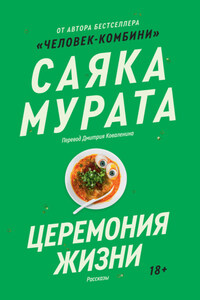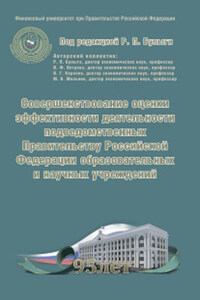Published by HarperCollinsPublishers Ltd
The News Building
1 London Bridge Street
London, SE1 9GF
www.harpercollins.co.uk
Published by HarperCollinsPublishers 2017
Copyright © Susan Wiggs 2017
Cover design and illustration by Alan Dingman © HarperCollinsPublishers Ltd 2017
Susan Wiggs asserts the moral right to be identified as the author of this work.
A catalogue copy of this book is available from the British Library.
This novel is entirely a work of fiction. The names, characters and incidents portrayed in it are the work of the author’s imagination. Any resemblance to actual persons, living or dead, events or localities is entirely coincidental.
All rights reserved under International and Pan-American Copyright Conventions. By payment of the required fees, you have been granted the non-exclusive, non-transferable right to access and read the text of this e-book on screen. No part of this text may be reproduced, transmitted, down-loaded, decompiled, reverse engineered, or stored in or introduced into any information storage and retrieval system, in any form or by any means, whether electronic or mechanical, now known or hereinafter invented, without the express written permission of HarperCollins.
Source ISBN: 9780008151324
Ebook Edition © August 2017 ISBN: 9780008151331
Version: 2017-09-28
For my husband, Jerry: For all the journeys we’ve made, for all the moments of inspiration, for getting lost on lost byways, for endless rambles and flights of imagination, for knowing that the greatest journey in life is the one that takes you home. You’re the best adventure I’ve ever had.
Of the five steps in developing film, four must take place in complete darkness. And in the darkroom, timing was everything. The difference between overexposure and underexposure sometimes came down to a matter of milliseconds.
Camille Adams liked the precision of it. She liked the idea that with the proper balance of chemicals and timing, a good result was entirely within her control.
There could be no visible light in the room, not even a red or amber safelight. Camera obscura was Latin for “dark room,” and when Camille was young and utterly fascinated by the process, she had gone to great lengths to practice her craft. Her first darkroom had been a closet that smelled of her mom’s frangipani perfume and her stepdad’s fishing boots, crusted with salt from the Chesapeake. She’d used masking tape and weather stripping to fill in the gaps, keeping out any leaks of light. Even a hairline crack in the door could fog the negatives.
Found film was a particular obsession of hers, especially now that digital imagery had supplanted film photography. She loved the thrill of opening a door to the past and being the first to peek in. Often while she worked with an old roll of film or movie reel, she tried to imagine someone taking the time to get out their camera and take pictures or shoot a movie, capturing a candid moment or an elaborate pose. For Camille, working in the darkroom was the only place she could see clearly, the place where she felt most competent and in control.
Today’s project was to rescue a roll of thirty-five-millimeter film found by a client she’d never met, a professor of history named Malcolm Finnemore. The film had been delivered by courier from Annapolis, and the instructions inside indicated that he required a quick turnaround. Her job was to develop the film, digitize the negatives with her micrographic scanner, convert the files into positives, and e-mail the results. The courier would be back by three to pick up the original negatives and contact sheets.
Camille had no problem with deadlines. She didn’t mind the pressure. It forced her to be clearheaded, organized, in control. Life worked better that way.
All her chemicals waited in readiness—precisely calibrated, carefully measured into beakers, and set within reach. She didn’t need the light to know where they were, lined up like instruments on a surgeon’s tray—developer, stop bath, fixer, clearing agent—and she knew how to handle them with the delicacy of a surgeon. Once the film was developed, dried, and cured, she would inspect the results. She loved this part of her craft, being the revealer of lost and found treasures, opening forgotten time capsules with a single act of light.

